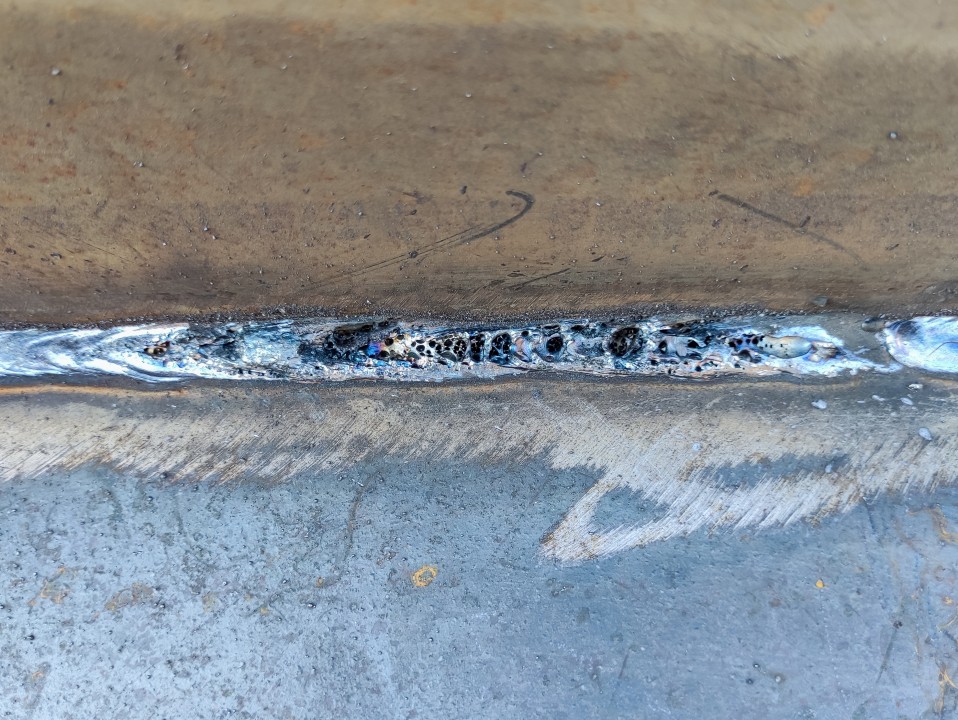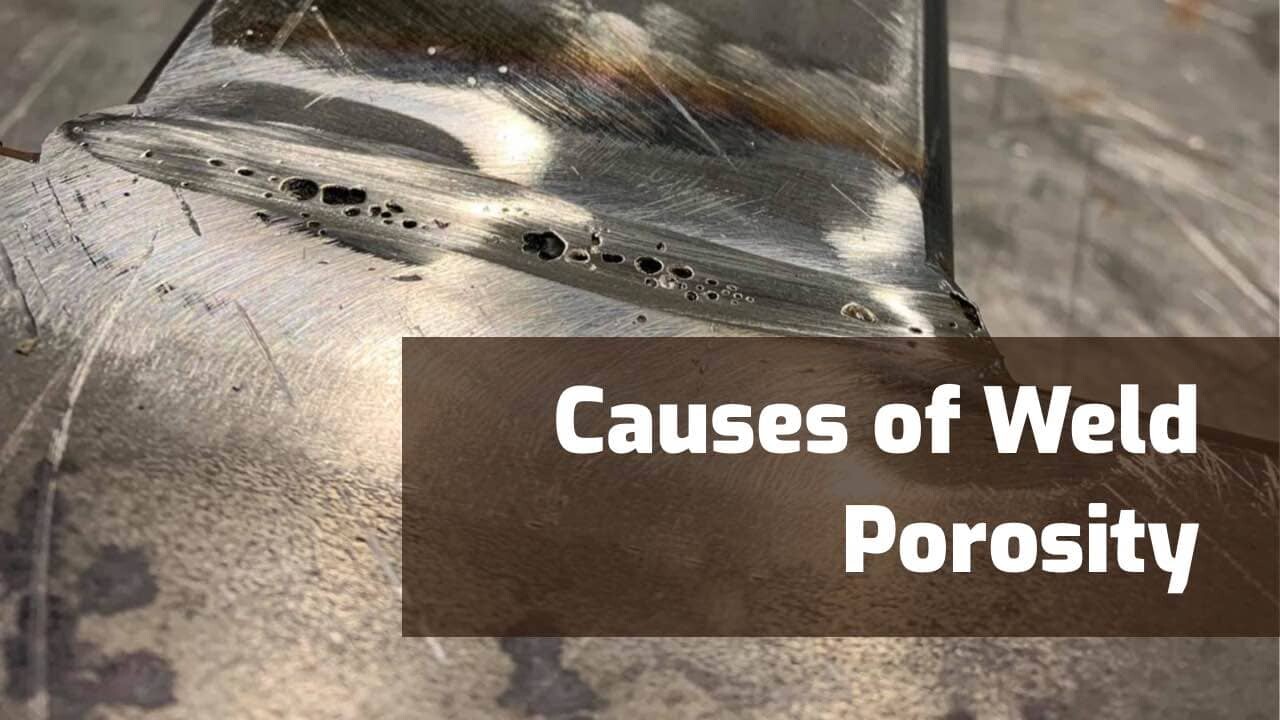Porosity in Welding: Identifying Common Issues and Implementing Best Practices for Prevention
Porosity in welding is a prevalent issue that commonly goes unnoticed till it causes considerable troubles with the honesty of welds. In this conversation, we will certainly check out the key variables adding to porosity formation, examine its destructive results on weld performance, and review the best methods that can be embraced to minimize porosity event in welding processes.
Common Root Causes Of Porosity

Making use of unclean or damp filler products can present impurities into the weld, contributing to porosity problems. To minimize these usual reasons of porosity, detailed cleansing of base steels, correct shielding gas choice, and adherence to optimal welding specifications are necessary techniques in attaining top quality, porosity-free welds.
Effect of Porosity on Weld High Quality

The visibility of porosity in welding can significantly jeopardize the structural honesty and mechanical residential or commercial properties of welded joints. Porosity develops spaces within the weld metal, compromising its overall strength and load-bearing capability.
One of the main consequences of porosity is a decline in the weld's ductility and durability. Welds with high porosity levels tend to show reduced impact toughness and minimized capability to deform plastically prior to fracturing. This can be particularly worrying in applications where the welded parts go through dynamic or cyclic loading problems. Porosity can hinder the weld's ability to properly transfer pressures, leading to early weld failure and possible security threats in vital structures. What is Porosity.
Finest Practices for Porosity Avoidance
To enhance the structural honesty and quality of welded joints, what certain actions can be executed to reduce the incident of porosity throughout the welding process? Porosity prevention in welding is crucial to make certain the integrity and toughness of the last weld. One effective technique appertains cleansing of the base steel, removing any type of pollutants such as corrosion, oil, paint, or moisture that might lead to gas entrapment. Making sure that the welding tools navigate here remains in excellent problem, with tidy consumables and appropriate gas flow rates, can likewise significantly decrease porosity. Furthermore, preserving a steady arc and controlling the welding parameters, such as voltage, current, and travel speed, helps produce a constant weld swimming pool that lessens the threat of gas entrapment. Making use of the proper welding strategy for the specific product being bonded, such as readjusting the welding angle and weapon placement, can even more prevent porosity. Regular evaluation of welds and instant removal of any type of problems determined throughout the welding procedure are crucial methods to stop porosity and create high-grade welds.
Importance of Proper Welding Strategies
Applying correct welding methods is paramount in guaranteeing the architectural stability and quality of bonded joints, read the full info here building upon the foundation of effective porosity avoidance measures. Welding techniques straight impact the total stamina and sturdiness of the bonded structure. One vital element of correct welding methods is maintaining the right warm input. Excessive warm can lead to raised porosity because of the entrapment of gases in the weld swimming pool. On the other hand, not enough warm might cause insufficient blend, producing possible powerlessness in the joint. Furthermore, using the ideal welding criteria, such as voltage, current, and take a trip rate, is important for attaining sound welds with minimal porosity.
In addition, the option of welding procedure, whether it be MIG, TIG, or stick welding, need to align with the particular demands of the task to make sure optimum results. Appropriate cleaning and preparation of the base steel, along with picking the appropriate filler product, are also important components of skilled welding methods. By sticking view website to these best techniques, welders can decrease the threat of porosity development and generate high-quality, structurally sound welds.

Examining and Quality Control Steps
Quality assurance actions play an essential function in confirming the integrity and dependability of welded joints. Examining procedures are vital to find and avoid porosity in welding, making sure the stamina and longevity of the end product. Non-destructive screening approaches such as ultrasonic screening, radiographic screening, and aesthetic examination are frequently employed to identify possible issues like porosity. These strategies permit the evaluation of weld high quality without jeopardizing the stability of the joint. What is Porosity.
Carrying out pre-weld and post-weld evaluations is additionally important in preserving quality control criteria. Pre-weld assessments involve validating the products, tools setups, and cleanliness of the job area to protect against contamination. Post-weld assessments, on the other hand, examine the final weld for any kind of problems, consisting of porosity, and confirm that it fulfills specified standards. Applying an extensive top quality control plan that includes detailed testing treatments and evaluations is extremely important to decreasing porosity concerns and guaranteeing the total quality of bonded joints.
Conclusion
To conclude, porosity in welding can be a typical problem that influences the quality of welds. By identifying the typical reasons for porosity and applying best practices for prevention, such as appropriate welding methods and screening measures, welders can guarantee top quality and reputable welds. It is necessary to prioritize prevention techniques to reduce the occurrence of porosity and keep the stability of bonded frameworks.